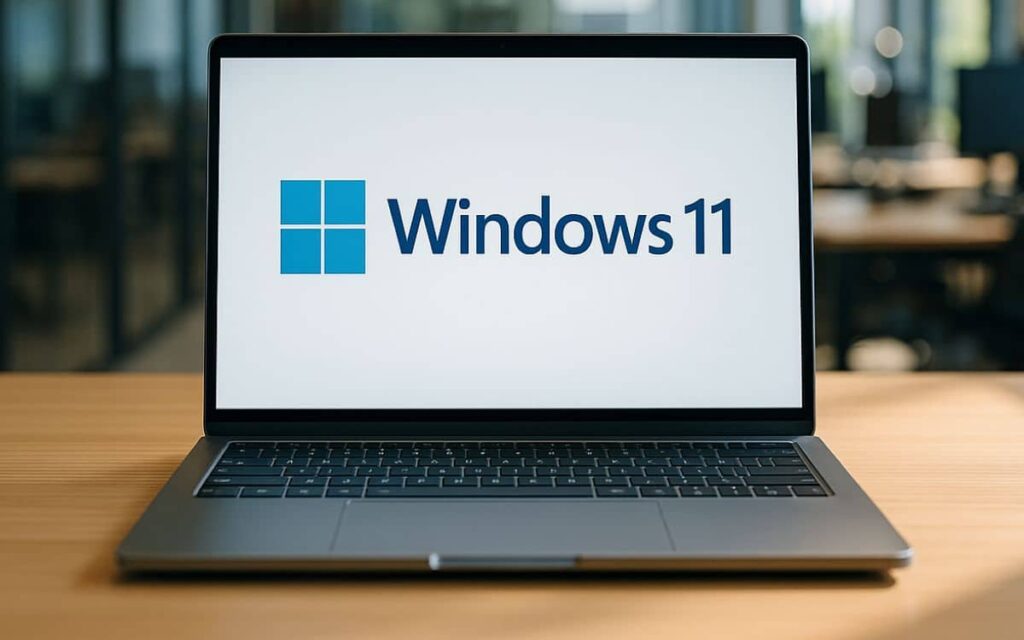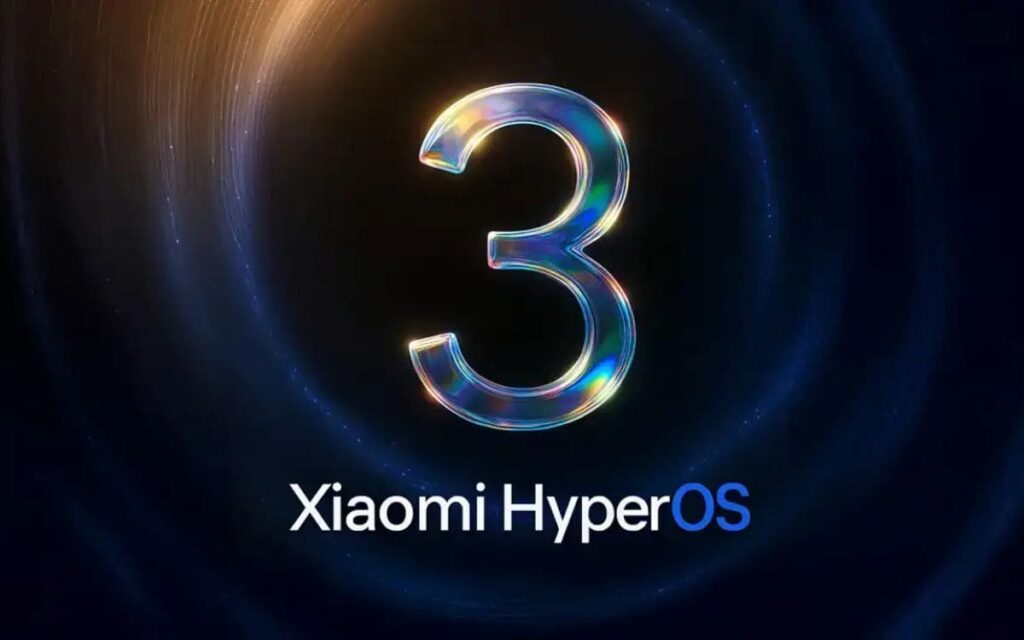Windows 11 will soon receive enhancements to make the file explorer faster, as well as to declutter the context menu. The latest developer versions of the operating system introduce automatic preloading and a complete redesign of the organization of actions when right-clicking. A release is expected in early 2026.
Windows 11 struggles against competition since the end of Windows 10 support. An increasing number of users are turning to alternatives like Zorin OS 18, a Linux distribution that has attracted 780,000 users from the Microsoft ecosystem.
Microsoft simplifies the file explorer of Windows 11 and enhances its performance
In response to its declining popularity, Windows 11 has no choice but to introduce new features like file explorer preloading, which keeps the file manager and folders active in the background to reduce opening times. This is an ideal optimization for less powerful laptops with limited performance, particularly entry-level devices that Apple aims to compete with using its affordable MacBook.
Gaming laptops or touch tablets running Windows often experience significant slowdowns when launching the file explorer, which is, nonetheless, essential. However, this feature may not be particularly useful for high-end PCs with robust configurations that already open the file explorer instantly.
Microsoft also offers manual deactivation of this preloading for those who don’t require it. For most PCs, there is indeed little need to keep the file explorer in memory.

Microsoft’s strategy, which also aims to minimize bugs in Windows 11, is reminiscent of Office applications where a scheduled task runs discreetly at startup to ensure quicker openings of Word and other applications in the suite.
The context menu is also getting a major transformation to enhance readability. Microsoft is shifting less frequently used actions to dedicated submenus, instead of displaying them constantly at the main level. A new file management panel now combines ZIP compression, path copying, wallpaper selection, and left or right rotation options. In short, more space is freed up for the main interface.
Options for online storage services are also moving to a new separate cloud section. The “Send to my phone” feature joins this new section for interactions. This overall reorganization results in a context menu that is considerably less cluttered, with frequent actions easier to identify.
Currently, these new features are aimed at voluntary testers of Windows 11. A rollout is expected during the first months of 2026, allowing Microsoft to identify and correct possible bugs to avoid users becoming blocked, as was the case recently.
Source: Microsoft




